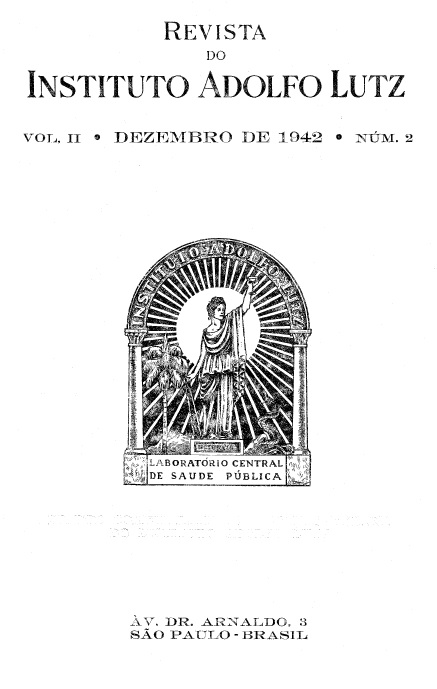Abstract
The histologic elements of Guarana are typical and can be easily identified by the microscope. The extracts of guarana, du1y filtered do not show these elements, being completely clear and transparent. The presence of histologic elements of the Paullinia cupana does not increase the value of the immediate principles of these extracts. It is, therefore, unnecessary, absurd and prejudices the aspect of the product. When exposed to the air and light, the extracts of guarana turn opaline, troubled and sometimes form a volumous deposit, because of the oxidation and precipitation of some of their more or 1ess alterable principles. When examined under the microscope, this precipitation does not present the smallest likeness with the histologic elements of the seed of guarana. The guarana used as a refrigerant, prepared with the extract, will not show the presence of such elements. If it does, it is because the product has not been filtered or it was prepared with infusion or extract, in the preparation of which the rules of the pharmaco-chemical tecnique were not followed. The guarana refrigerant, or separately, its components must be previously filtered, being therefore free of insoluble and impure substances. The filtered product may on1y present a deposit: when the sterilization was not complete, giving the germs and yeasts a chance to grow; when the product of fabrication is old, and in this case the deposit of the extract of guarana is due to the biochemical combination, posterior to the bottling of the product. The absence of histologic elements in the products of guarana was almost absolute in 48 samples examined during the year of 1941, by the Subsection Food Microscopy Adolfo Lutz Institute. The microscopic examination cannot decide about the result of the analysis of these products; as they will be condemned by it because of the absence of histologic elements, according to the laws in force, when they should be approved. The microscopical examination has only value when impurity and yeasts and living germs are present, in this case, helped by the bacteriology. The chemical examination is to approve or condemn the products of guarana, by analysing and dosing their components, specially of the guaranine (Trimetilxantine). In conclusion, the article no 168 of the "Regulamento do Policiamento da Alimentação Pública", must be changed, excluding the exigence of the presence of histologic elements of the Paullinia cupana in the refrigerants named "Guaranas".
References
1. ALBUQUERQUE, Dr. Francisco - Da Chimica Bromatologica do Guaraná.
2. CARNEIRO, Paulo E. de Berredo - Le Guarana et Paullinia cupana H. B. & K.
Contribution a l'Etude des Plantes a Cefeine.
3. CORRÊA, M. Pio - 1909, Flom do Bmsil, pg. 94.
4. FARIA e SOUZA - 1912, .Chácaras e Quintais, v. V, nº 6.
5. HOENE - Plantas Medicamentosas e· venenosas do Brasil.
6. HUMBOLDT et BONPLANT - 1821, Nova genera et species.
7. MARTIUS, C. F. P. - 1843, Systema Materiae Medicae Vegetabilis Brasiliensis.
8. MENEZES, J. A. Cardoso- Rev. da Associação Com. do Amazonas, XVIII, nº 157.
9. MOREIRA, Dr. A. A. Santos - Formulário de Terapêutica Infantil.
10. PECKOLT, Th. - 1886, Guarana oder U ara na - Sitzungsberichte de Kais. Akadem. Zuwien.
11. PINTO, Joaquim de Almeida - 1873, Dicionário de Botânica Brasileira, pg. 222.
12. RICHAUD, A. - 1921, Precis de Therapeutique et Pharmacologie.
13. RIEDEL, Farmco. Oswaldo - 1936, Revista da Flora Medicinal, II, p. 440.
14. SILVA, Rodolpho Albino Dias da - Pharmacopeia dos Estados Unidos do Brasil.
15. TSCHIRCH - Finn Kolle - 1918, Schweizerisch Apotheker Zeitung, nº 35, pg. 445.
16. VASCONCELLOS, J. M. de - 1905 - Elementos de Pharmacia.

This work is licensed under a Creative Commons Attribution 4.0 International License.
Copyright (c) 1942 Instituto Adolfo Lutz Journal
